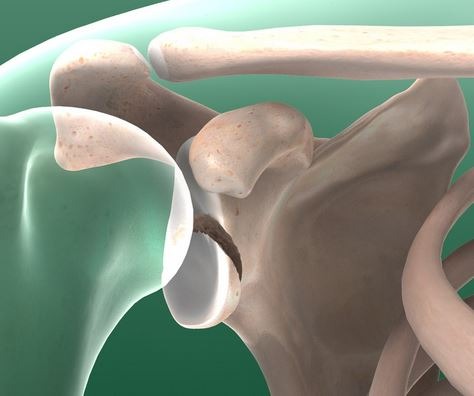- Conditions
- Procedures
- Patient care
- Why choose us
- Our Doctors
- Contact
Shoulder Fracture (broken shoulder)

Guide to fractures of the shoulder
As highly important joints that attach our arms to the body, the shoulders withstand a lot of stress as we go about our daily activities. Because this is a highly mobile and exposed joint, it is also especially vulnerable to traumas, including falls, motor vehicle accidents and impacts from sports and other physical activities. This means that shoulder fractures, or broken bones, are a relatively common injury that cause pain and seriously limit mobility.
Shoulder pain related to a potential fracture requires immediate attention. Not getting prompt treatment increases the risk of improper healing and symptoms becoming chronic. While shoulder pain can be discouraging and take you away from the people and activities you love, a proactive approach offers the best chance of long-term recovery.
If you’ve been diagnosed with a shoulder fracture or are researching potential causes of shoulder pain, please take a moment to read the following information. If you have any questions or would like to learn more about your treatment, please reach out to us today.
How do shoulder fractures develop?
The shoulder is made of three bones: the upper arm (humerus), shoulder blade (scapula) and the collarbone (clavicle). Any one of these bones are vulnerable to fracture if there is sufficient force or trauma placed upon them. Of the three, the upper arm and collarbone are the most vulnerable to fracture due to their exposure. The most common causes of fractures in the upper arm or collarbone include:
- Falls, regardless of height
- Contact sports such as football, wrestling or hockey
- Motor vehicle collision
- Any other direct hit or trauma by an object
The shoulder blade itself is less vulnerable to fracturing due to it being attached to the torso and protected by more soft tissue, but it can still occur if there is sufficient force. Shoulder fractures can also occur as a byproduct to severe chest injuries.
What are the main symptoms of a fractured shoulder?
Fractures in the shoulder are usually very noticeable, and severe pain occurs almost immediately after an impact. Although in other cases, shoulder fractures may be less noticeable or mistaken for less serious injuries.
In addition to pain, the most prominent signs of a broken shoulder include:
- Severe swelling and visible bruising
- Inability to move or highly limited range of motion
- Grinding and cracking sensation in the shoulder or upper arm
- A prominence or bump at the point of fracture
People experiencing any degree of shoulder trauma should always seek immediate medical attention to determine the extent of injury, up to and including fracture. Patients should also see a professional for any persistent shoulder pain that doesn’t improve in a few days to a week.
Shoulder fracture diagnosis
Shoulder fractures are typically diagnosed with an X-ray. X-rays are particularly suited for skeletal injuries such as fractures because the radiation responds to the calcium in bones, making a fracture highly visible.
A diagnosing physician should also review medical and treatment history, perform a visual examination and in some cases, a careful hands-on evaluation of the shoulder. Upon diagnosis, treatment will vary depending on the location and severity of the fracture.
Treating a fractured shoulder
Shoulder fracture treatment does not involve surgery in most cases. The first treatment goal in the event of a broken shoulder is to ensure the fracture is properly set so it can heal properly. In the case of a broken upper arm or shoulder blade, a sling or cast is often required to limit movement.
To help with swelling and pain as the fracture heals, doctors often recommend over-the-counter medication and ice packs. Healing times vary, but most fractures are usually healed within six weeks. At this point, most patients will undergo some form of physical therapy and rehabilitation to regain strength and remobilize the joint. Physical therapy usually involves a combination of active therapeutic exercise and passive hands-on stretching and mobilization by the therapist.
Surgical options for shoulder fractures
Shoulder fracture surgery can become an option in cases where there are compound fractures, particularly if there are bone fragments that have shifted out of position. Surgery on the broken shoulder can require rods and screws to hold the bones in place while they heal. The specific type of procedure will vary depending on the nature and extent of the injury. These procedures can often be performed on an outpatient basis and are generally done within one to two weeks of the injury.
USA Spine Care can help with a broad range of shoulder injuries
To learn more about our treatment options for shoulder injuries, including shoulder fractures, reach out to our dedicated team today. We have a highly skilled medical team with a depth of experience in conservative and surgical treatment options for the shoulder at our world-class facilities.
Call toll free 1- 866-249-1627.
